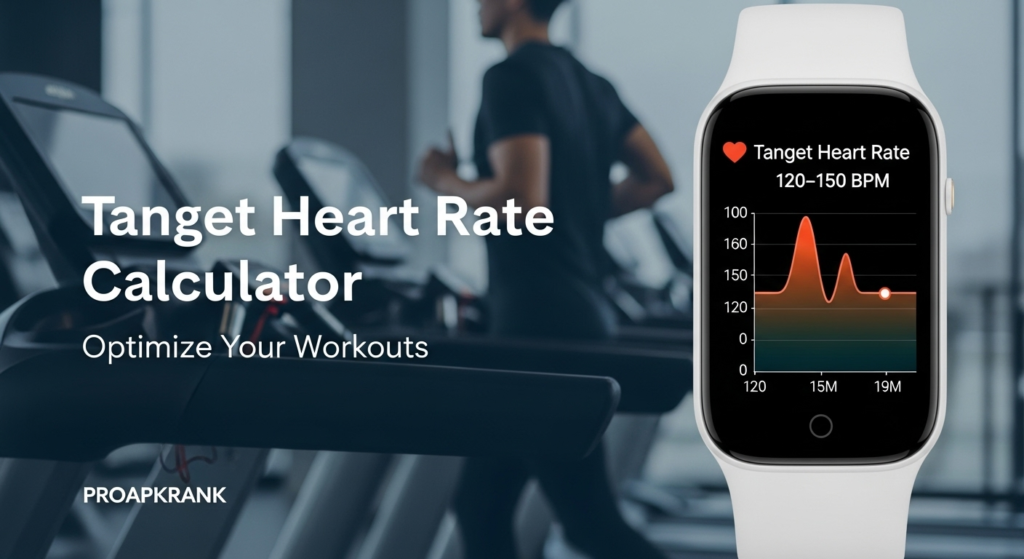
Target Heart Rate Calculator
Modify the values and click the calculate button to use
Your Target Heart Rate Zones
Enter your information and click "Calculate" to see your results.
Understanding Heart Rate Zones
What is heart rate
Heart rate is a measure of the number of contractions the heart makes per minute. It is measured in beats per minute (bpm). To effectively use this target heart rate calculator, it is important to understand the concepts of resting heart rate, maximum heart rate, and heart rate reserve.
Maximum heart rate
Maximum heart rate is a measure of the highest number of beats per minute the heart reaches during intense exercise. It is most accurately measured through a cardiac stress test, which typically involves exercising on a treadmill while being monitored by an electrocardiogram (ECG). As the subject walks/runs on the treadmill, the intensity is periodically increased until certain changes in heart function indicating maximum heart rate are detected. The theoretical maximum human heart rate is 300 bpm.
More commonly, maximum heart rate is estimated using various formulas. It is worth noting that maximum heart rate formulas have been criticized as inaccurate as they output generalized population averages and estimates can vary significantly from an individual's maximum heart rate. Maximum heart rate is largely correlated with age, and most formulas are primarily based on this. Thus, while they are generally useful for estimating the average maximum heart rate for a given age group, the heart rate of an individual within the age group can differ significantly.
Resting heart rate
Resting heart rate is a measure of a person's heart rate at rest, where rest is defined as when a person is awake in a neutral environment that is neither too hot nor cold, and the person is not subject to stress or surprise. It can be measured using a variety of devices or just by counting your pulse over a minute.
A typical resting heart rate (RHR) for an adult ranges between 50-90 bpm. Some sources state this range as 60-100 bpm, but this range is slightly dated. A resting heart rate above the upper range is referred to as tachycardia while one below the lower range is referred to as bradycardia.
Heart rate reserve
A person's heart rate reserve (HRreserve) is the difference between their maximum heart rate (MHR) and their resting heart rate (RHR):
HRreserve = MHR - RHR
Target heart rate zones
There are various methods used to measure intensity of exercise in relation to heart rate. Generally, the more intense the exercise, the higher the heart rate. Most methods of measuring intensity relate heart rate to various degrees of physical exertion. Maintaining a heart rate within a certain range, referred to as the target heart rate (or training heart rate range), has been found to be beneficial for exercise.
A person's target heart rate zone is typically broken up into five zones which impart different benefits:
- Zone 1 (50-60%): Light to moderate activity, good for warm up and recovery
- Zone 2 (60-70%): Fat burning and endurance training
- Zone 3 (70-80%): Aerobic exercise, improves cardiovascular fitness
- Zone 4 (80-90%): Anaerobic threshold, improves speed and performance
- Zone 5 (90-100%): Maximum effort, improves power and sprint ability